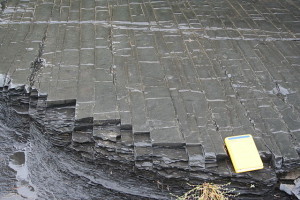
Brent crude oil prices rose by 50 cents a barrel to $58.43 and US crude climbed by 60 cents to attain $52.52 per barrel on Tuesday. The climb in prices is surmised to be due to two main factors: a US forecast of output of lowered US shale oil production, the first decline in over four years; and increasing hostilities in Yemen where Saudi Arabia, a major oil producer, is involved in a civil war.
According to the US energy Information Administration US shale production will decrease by 45,000 per day in May, to a total of 4.98 million bpd.
Since 2010 shale has helped to increase the amount of barrels of oil produced in the US by about 4 million each day. This increase in oil production has played a key role in the dramatic decline in oil prices around the world over the past year. The rock bottom price of oil, which was as high as $115 per barrel last June, has begun to interfere with the exploration for new oil sources.
“It’s a small change, just a drop in the ocean, but an excuse to buy,” said Carsten Fritsch, analyst at Commerzbank. “A lot of speculative financial investors think oil is cheap and are looking for a reason to get into the market.”
Although Yemen itself is considered a minor oil producer, the fact that Saudi Arabia is embroiled in the current war with its southern neighbor has kindled fears that the Saudis could fall back in production.
“Geopolitical risk in oil markets remains elevated,” JP Morgan analysts said in a note. “From a fundamental perspective however, supply from the Middle East is expected to remain high, with Saudi Arabia and Iraqi production on the rise.”
Sorry, comments are closed for this post.